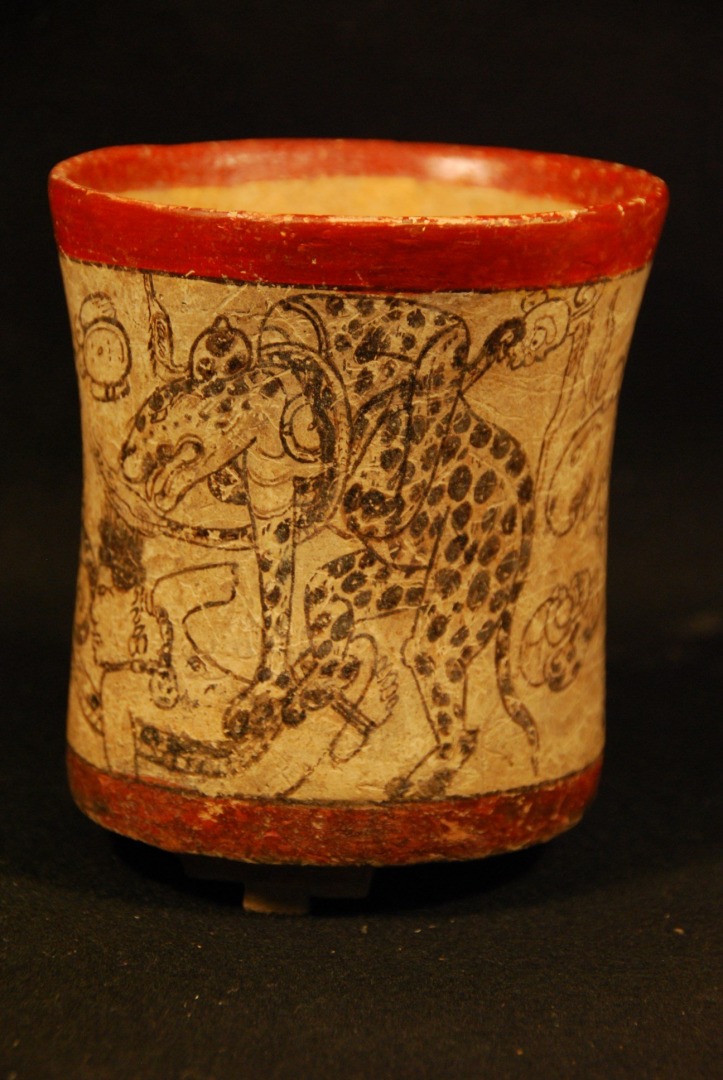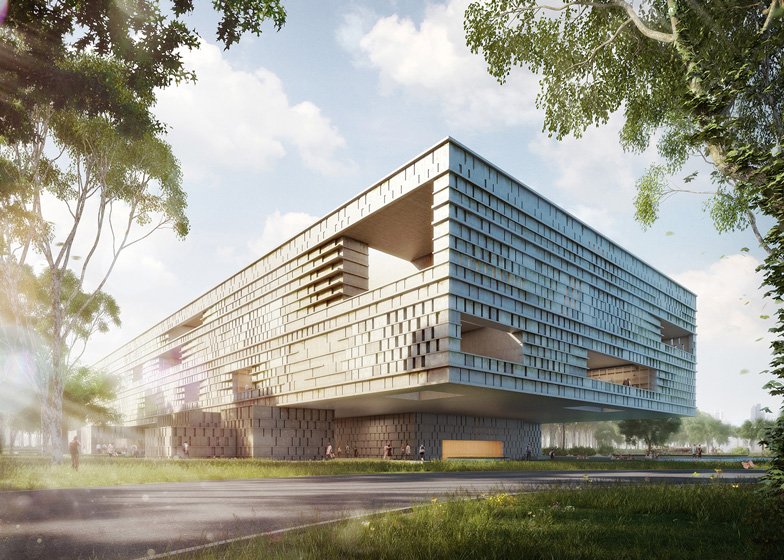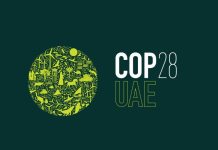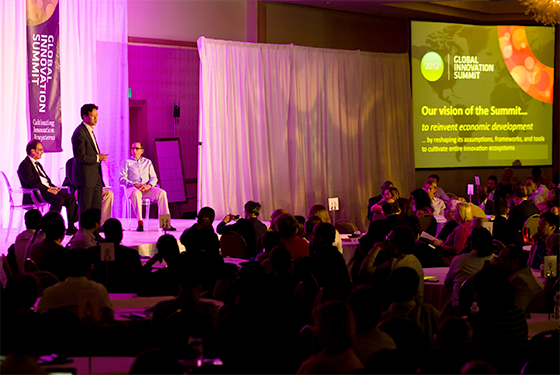Mr. Paiz recalled that while he saw the plate as beautiful, it was his high school history teacher that explained the significance and age of the plate. “I discovered the power of storytelling, captured in the art and imagery of the pottery, and immediately felt the responsibility for being a caretaker of this one small window to the past.”
The Mesoamerican cultural area spans from southern Mexico into Central America. Recognized as one of the six fundamental “cradles of civilization” worldwide, Maya culture spawned some of the most complex agricultural societies, urbanized cities, art and architecture, advanced mathematics, writing, calendar and astronomical systems.
Mr. Paiz added, “The Maya were a sophisticated society. They developed advanced urbanism in their cities with complex engineering for water management. Their knowledge of mathematics, astronomy and fully developed writing system with formal grammatical rules and language – allowed them to develop major buildings and one of the most accurate calendars in existence. To celebrate Maya culture through the preservation and protection of their history and heritage is a celebration of humanity and life itself.”
With financial support from Mr. Paiz, La Ruta Maya Foundation is working to put context to each of the more than 3,000 pieces in its collection. The Foundation has received grants from the Smithsonian Institute, and other organizations and sponsors in an effort to test the clay of unique pieces of their collection. Using scientific methods and processes including thermo luminescence (TL) and atomic testing to identify the place and date the pieces were made, the Foundation seeks to understand more about who, how, why, and when select artifacts were created and used. By incorporating sound science into their stewardship of Maya antiquities the Foundation is advancing our knowledge of how Maya people communicated, worked, and lived.

For Mr. Paiz and La Ruta Maya Foundation, public accessibility, education, and awareness are also pillars of preserving antiquities. Paiz remarked, “sustaining Maya culture happens not only through the preservation of material objects…the culture truly lives on when we can share and expand upon the richness of Maya culture through first-hand experience, interpretation, awareness, and education. In an effort to extend our reach beyond Central America, we are sharing unique pieces from La Ruta Maya Foundation’s collection for exhibition at other museums around the world including our most recent collaboration with the Drents Museum in the Netherlands.”
La Ruta Maya Foundation has also teamed up with specialty resort developer and operator, The Foundry Collective, to establish a regional chapter of the organization in Belize. Through this unique partnership, artifacts from La Ruta Maya’s collection will be on display in the common areas of two of The Foundry Collective’s bespoke properties, Ka’ana Resort and the Itz’ana Resorts & Residences. The collaboration reinforces La Ruta Maya’s commitment to make its collection of artifacts accessible to the public.
Showcasing La Ruta Maya Foundation’s important collection of pre-Columbian artifacts has been a deliberate strategy by Mr. Paiz to raise global awareness of Guatemala’s cultural heritage and as a means of demonstrating national pride. In 2014 Paiz facilitated more than 80 Maya pieces to be shown for a week at the Los Angeles Convention Center. That and other focused events in Paris museums and in other major cities in the US have aided fundraising for Paiz and La Ruta Maya Foundation’s regional vision, to establish a world-class facility in Guatemala City.
Mr. Paiz is building support to establish Museo Maya de America as place where science, education, research, cultural, and economic interests can come together. The proposed Museo Maya de America would house the National Museum of Archeology and Ethnography of Guatemala, together with visiting exhibits and private collections. This would anchor traditional ethnology yet also bridge cultural heritage and patrimony in ways that connect the past in meaningful ways of understanding our generation.
For example, Mr. Paiz dreams of the day when Maya collections can be exhibited, side-by-side, with visiting collections from cradles of civilization like Egypt, the Indus Valley, and China. “Can you imagine,” Paiz said, “artifacts from early Egyptian civilization on display right next to Maya? What an incredible opportunity for comparative assessment, discovery, and learning about the origins of humanity.”
Designed by the Boston-based architectural firm over, under, and Harry Gugger from Switzerland, the Museo Maya de America design is inspired by the distinctive art and architectural features of Maya civilization. To date, Mr. Paiz has provided seed funding for the design of the facility, and is actively working with regional and global partners toward the launch of a $100 million fundraising campaign.

A critical step in the process will be securing land and permits in Guatemala City so that the project can have anchor site and move forward in earnest. Leveraging his experience from building successful businesses, contracting and project development, Mr. Paiz said the facility will take 36 months to complete. Paiz’s intentions are not modest. He believes the project, once complete, increased visits and tourism could yield more than 1% to Guatemala’s annual gross domestic product. In tourist-based regions with deep cultural roots, the economic impact of museums is notable.
The Levón Institute at the University of Vaasa conducted an economic impact study of Museums’ and found that they contribute significantly to the regional service economy including transportation, accommodations, food and beverage, and entertainment. As noted in the Levón Institute study, museum’s activities also contribute to education/academic and research investments tied to universities, foundations, government organizations, and other regional businesses.
Paiz’s vision is for the Museo Maya de America to be an inclusive center of knowledge for scientists, researchers, students, tourists, and cultural enthusiasts alike. The project could be a boon for Guatemala’s economy and global reputation as a destination which converges art, culture, and history with contemporary infrastructure and amenities.
Our generation has a historic challenge and opportunity before it. The life we choose to lead today has a lasting impact and impression on tomorrow. Sustainability is about having clarity of mind and presence. It’s also about treasuring the life we have, and celebrating life in and for the moment. Sustainability is much like a dance, fluid and flowing, with one foot rooted in the past and the other directing the future. The mechanics of our dance can be beautiful, but when we are out of rhythm with the beat of the earth and stars, we ungracefully stumble.
It’s nice to know that people like Fernando Paiz exist, thirsting for knowledge, eager to give, and unafraid to dance. Preserving the past, protecting the present, and promising a better future – that’s where passion and purpose collide for Mr. Paiz and his dream to establish the Museo Maya de America for Guatemala City and the world.
A Dreamer Who Dares to Dance: Mr. Fernando Paiz and La Ruta Maya Foundation Part 1
Mark Coleman is a recognized voice, business advisor and consultant on the convergence of sustainability, environmental stewardship, energy, technology, and innovation.
Mr. Coleman is an active blogger with the Huffington Post, and has published numerous articles with leading organizations including GreenBiz.com, Environmental Leader, Triple Bottom Line Magazine, among others.
Mr. Coleman is the President of Convergence, Mitigation, Management (CMM) LLC, which provides custom business intelligence and advisory services for business, government, applied research, not-for-profit, and non-governmental organizations.
Mr. Coleman has advised hundreds of organizations in the areas of sustainability, risk, innovation, operational effectiveness, and business strategy. Much of this work led Mr. Coleman to write and publish two books, Time To Trust: Mobilizing Humanity for a Sustainable Future (Motivational Press 2014, www.timetotrustbook.com) and The Sustainability Generation: The Politics of Change and Why Personal Accountability is Essential NOW! (SelectBooks 2012, www.thesustainabilitygeneration.com) both of which highlight his perspective on holistic systems-level logic and theory for advancing humanity beyond the status-quo toward more integrated and mutual models of sustainable development.
Mr. Coleman currently serves on the board of the Sustainable Manufacturer Network (http://sustainablemfr.com/), and on the board of a not-for-profit organization, B9 Plastics (www.b9plastics.org) involving global water development concerns.
Mr. Coleman resides in the Finger Lakes region of New York with his wife Aileen and two sons, Owen and Neal.
Web:
Website: www.timetotrustbook.com
Twitter: @TheSustainGen































